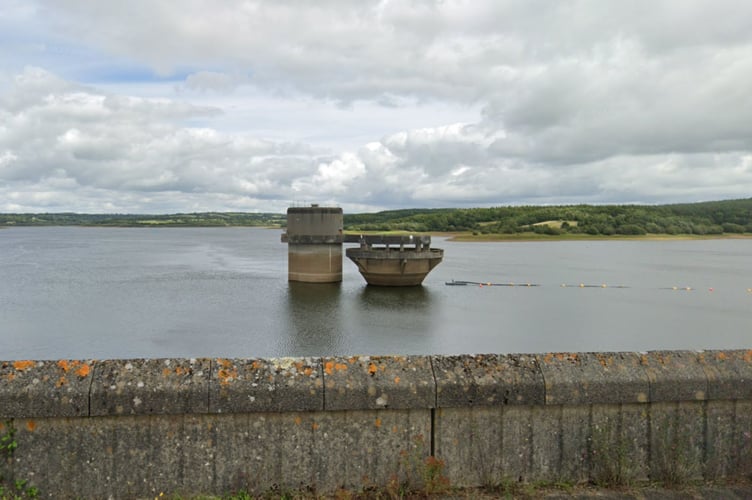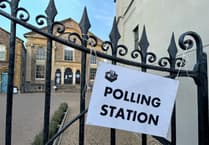WEST Devon councillors have been assured there is “zero” risk of any contaminated water from the River Tamar going into the drinking water supply as its controversial top-up plan for Roadford Reservoir was given the go-ahead.
South West Water wants to build a new water abstraction and pumping facility in the countryside two miles from Lifton which would connect the River Tamar to its largest reservoir serving 850,000 people from across areas of Devon and north-east Cornwall.
It says taking water from the Tamar when the flow is high in the winter to boost Roadford means the reservoir will be full by April 1 each year.
In 2022 the reservoir level dropped by two thirds forcing hose pipe bans and emergency water extraction to be carried out from the county’s rivers.
South West Water says without this scheme it may not have enough water to supply its customers in the future and this was “critical regional infrastructure.”
But there are concerns about the water quality in the upper Tamar. Local objector William Perry told members of West Devon’s development management committee that the site of the pumping station at Gatherley would be a mile below the sewage treatment works at St Leonards in Launceston, on the Cornish side of the river, which had in excess of 100 sewage spills this year.
With spills and agricultural run off going into the river, he said he was surprised they wanted to pump from the River Tamar at all.
South West Water’s project manager Tom Shenton said the water company had been working with the Environment Agency since 2012 to find the best site for an abstraction facility.
There was currently one on the River Lyd, which had cleaner water due to a smaller catchment area, but it didn’t provide sufficient water, he said. There was also a facility at Gunnislake but it was not “economically viable” to pump water from there to Roadford.
The site would be subject to stringent controls by the Environment Agency to ensure that dirty, polluted or poor water could not be abstracted from the river and transferred to the reservoir, he said.
“If the water exceeds the threshold of the agreed water quality parameters then the pump will stop working.”
Water would only be abstracted during times of high flow.
He added that all the raw untreated water that entered the reservoir was treated before it went into the water supply anyway.
“There is zero risk of any contaminated water going into the supply,” he said.
The council was told that once the abstraction plant was built it would be visited infrequently, it was set down in the countryside and not visible from the wider landscape and there was no floodlighting. Tests showed that noise levels from the pumping action would be below the background noise.
A landscape plan is proposed for further screening and conditions were put in place for a watercourse habitat compensation scheme and biodiversity net gain.
By Alison Stephenson





Comments
This article has no comments yet. Be the first to leave a comment.